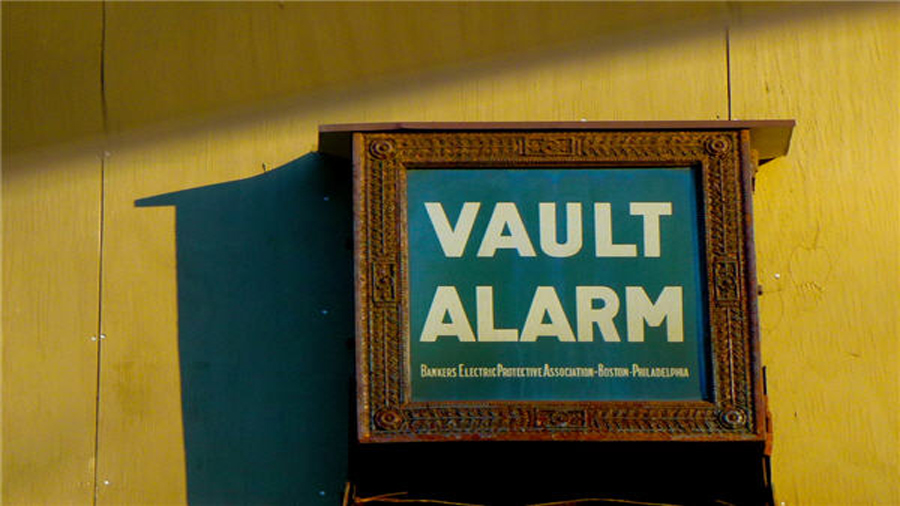
On Monday gold continued to tread water with December futures trading on the Comex market in New York exchanging hands at $1,339.50 an ounce in European trade, down a couple of dollars from Friday’s close.
Gold touched a two-year high in July around $1,380 an ounce and year to date the metal is up 26% or close to $280 an ounce, one of its best annual performances since 1980. But there are signs that buying fatigue has set in for both hedge funds active on the derivatives market and institutional and retail buyers of physically-backed gold exchange traded funds.
Bullish bets are down 24% from the July high and the lowest net position since May’s correction, when gold came close to falling through the $1,200 an ounce level
Hedge funds dramatically raised bearish bets on gold during the final months of 2015 pushing the overall market into a net short position – bets that gold could be bought back at a lower price in the future – for the first time since at least 2006, when government first started to collect the data.
The trend was thoroughly reverse this year however with investors building large bullish positions culminating in an all-time record number of net long contracts – bets that gold will be more valuable in future – in the first week of July of 28.7 million ounces. That was more than managed money investors’ holding on the gold derivatives market in New York of August 2011 when gold was peaking at an all-time high of $1,900.
Last week according to the CFTC’s weekly Commitment of Traders data up to September 20 released on Friday speculators showed impatience with gold’s inability to break out of its $1,300–$1,350 an ounce range, adding more than 10% to short positions and cutting longs by the same proportion.
On a net basis bullish bets have now fallen to 21.9 million, down 24% from the all-time high and the lowest net position since May’s correction, when gold came close to falling through the $1,200 an ounce level.
Investors are also pulling out of top physical gold-backed exchange traded fund – SPDR Gold Shares (NYSEARCA: GLD). GLD’s holdings hit a 2016 high at the same hedge funds were stocking up on futures lots in July, but some 31.5 tonnes have been pulled out from the fund’s vaults since then, reducing the value of holdings by $1.7 billion.
GLD dwarfs other physically-backed gold ETFs holding more than 45% of the global total and after a few dismal years, GLD rise in assets under management in 2016 surpassed the banner years of 2009 and 2010 when investors caught in the global financial crisis and spooked by quantitative easing piled into GLD.
Comments
Dean
“Investors are also pulling out of top physical gold-backed exchange traded fund – SPDR Gold Shares (NYSEARCA: GLD)”
This is questionable at best. Paper gold GLD claims to be fully backed by physical gold bullion but yet it refuses to give retail investors the right to redeem for any of these ‘claimed’ gold bullion. This fact alone would mean GLD shares are nothing more than paper at the end of the day. Furthermore, GLD’s prospectus is chalk full of weasel clauses and legal loopholes that allows the fund to get away without the full physical gold backing. One good example of this is the clause that states GLD has no right to audit subcustodial gold holdings. To this day, I have not heard of a single good reason for the existence of this audit loophole. I’ve also verified the following to be true and welcome everyone else to do so:
“Did anyone try calling the GLD hotline at (866) 320 4053 in search of numerical details on GLD’s insurance? The prospectus vaguely states “The Custodian maintains insurance with regard to its business on such terms and conditions as it considers appropriate which does not cover the full amount of gold held in custody.” When I asked about how much of the gold was insured, the representative proceeded to act as if he didn’t know and said they were just the “marketing agent” for GLD. What kind of marketing agent would not know such basic information about a product they are marketing? It seems like they are deliberately hiding information from investors.
I remember there was a well documented visit by CNBC’s Bob Pisani to GLD’s gold vault. This visit was organized by GLD’s management to prove the existence of GLD’s gold but the gold bar held up by Mr. Pisani had the serial number ZJ6752 which did not appear on the most recent bar list at that time. It was later discovered that this “GLD” bar was actually owned by ETF Securities.”